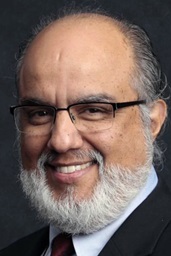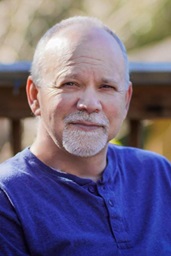Is your church welcoming a new pastor? David W. Chambers, a member of Sonoma United Methodist Church in California, shares the following idea:
Sonoma (California) United Methodist Church, with about 100 families, faced a challenge of clarifying our identity recently as we prepared to receive a new pastor. And we found a novel way of doing it with colored Post-it notes.
We had the goal of showing the pastor the ministries we offered and what ministries people might be interested in starting.
A few months prior to the exercise, the church council conducted interviews with members and identified the congregation’s four focus areas. These were modified slightly to create four themes: (a) personal spiritual growth, (b) church worship and committees, (c) service in our community, and (d) global and general causes.
Large pieces of poster paper were placed on the four walls of the church’s meeting room corresponding to these themes, and pages with subheadings were attached.
For example, the pages for service in the community included subheadings such as hunger, immigration, health and aging, and education and jobs. Similarly, the pages for church included subheadings for worship, committees and groups. Each page was divided horizontally to reflect current activities and hoped for involvement.
Following weekly discussion session for a month, members placed as many Post-it notes on the appropriate pages as they wanted. The Post-it notes were color coded: yellow = passive involvement (“keep me informed”); green = “I want to study this;” blue = active involvement; and orange = “I am a leader and initiator.” Members put their initials on their Post-its. We stressed that if you put your name up on something that doesn’t mean you are obligated to be the committee chair.
The six-week process began with a small group in discussion for an hour before services, but it grew in size each week. For the last two sessions, the poster pages were moved to the fellowship hall, and following worship, members of the core group explained and assisted the entire congregation in adding to the posters. Eventually they covered the length of one wall. Written summaries were prepared several times and share with the congregation.
Here is what we found. Sonoma United Methodist Church is active and diverse. Sixty percent of the families help with worship or participated on committees and in church groups. Forty percent of families participate in community service activities in our community, such as teen services, feeding the poor, or advocating for social justice. These are not United Methodist programs, but United Methodists translating their faith into service, often in leadership roles. The largest unmet need was for spiritual growth.
The summary of this project informed our new pastor. It also stimulated five new initiatives: a support group for those on personal spiritual journeys; workshops on listening, welcoming, and other skills for Christian living; a comprehensive review of the needs and means for communication in the church; a series of speakers on social issues; and a coordinator for service in the community.
Some lessons learned:
- The church is more diverse and involved than anyone knew.
- Go slow. Group self-discovery is a personal growth process.
- We have unmet needs.
- Honor others’ perceptions. Do not put people in boxes; notice where they see themselves as belonging.
*Chambers can be reached at [email protected].
Like what you're reading? Support the ministry of UM News! Your support ensures the latest denominational news, dynamic stories and informative articles will continue to connect our global community. Make a tax-deductible donation at ResourceUMC.org/GiveUMCom.




